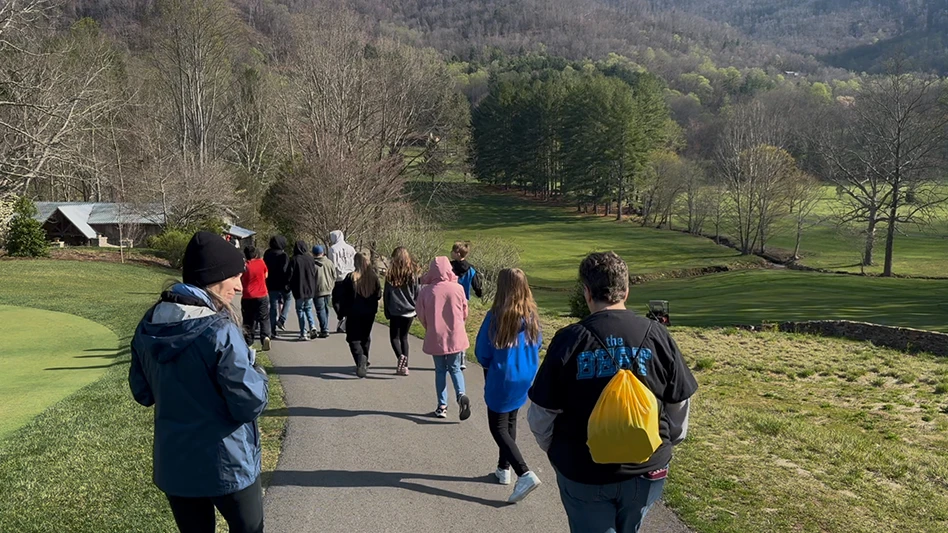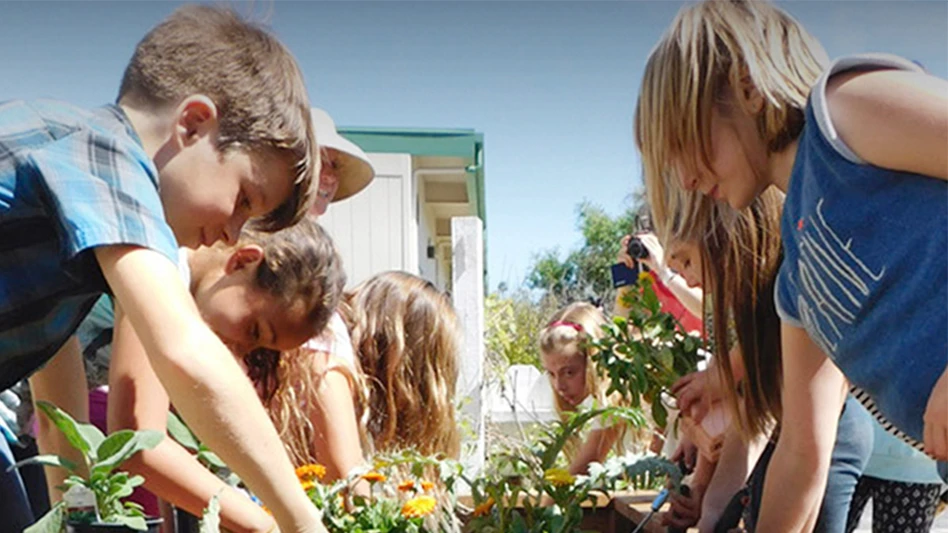Given the variety of greens worldwide, the question “How big should a green be?” would seem to have no definitive answer. But, if you are designing a green, or set of greens, you need to settle on at least approximate green size, and then final green size as the details emerge. Consider factors such as green type, shot values (including anticipated approach shot length) and adequate size for maintenance, including suitable cup rotation, climatic factors, etc.
Starting with green type, it’s clear the “precision” greens will be the smallest by concept. Sunday pin greens should be larger, usually with one easy to hit area, and one or two smaller areas tucked in corners for greater challenge. True multi-target greens, where two or three target zones are designed into a single green, often divided by space eating ridges, valleys, or tiers, are largest of all.
Sizing for shot values
Generally, a green exists to be hit, and the architect believes it ought to be reasonably possible to do so with a good shot. The USGA Slope Rating system provides a good start in determining green size for playability. Their extensive field research shows green width and depth (in yards) needed for 2/3 of players (in both scratch and bogey categories) to hit a green surface.
Approach shot accuracy is related to length. Target size must increase proportionally to approach shot length, with a slight “jump” over 180 yards. Good players improve distance control on longer shots, while bogey players need about 20 percent more depth than width for all approach shots. I have converted their data to a generalized “percentage of approach distance” chart (see below).
I added one percentage point to the average dispersion, because I’m not sure if their methodology accounted for collars and fringes and inevitable “green shrinkage. I also wonder how I fit a rectangular target shape into a round or free form green.
While the USGA empirical data should account for the average of normal slope, wind, weather and firmness conditions, for specific greens, I add a few yards of width for crosswinds, side hill lies, and uphill or blind shots. I add a few yards to the depth for downwind conditions and downhill lies because of how those affect the shot. I don’t obsess, since it’s only a guide, and it’s early in the design process.
Given the number of bogey players populating the typical course, I usually size greens for them, as follows:
- Precision greens:
- Under 200 yard – Size for the anticipated approach of bogey player
- Over 200 yards – Size for scratch player
- Sunday Target Greens:
- Main target accommodates bogey player
- Sunday pin sized for scratch players
- For 160 yard shots (with both playing correct tees to the same landing zone)
- Main target – 26 yards wide/31 yards deep
- Sunday pin – 24 yards width and depth

For some high-play public courses, I figure many bogey players will be approaching many greens from longer distances after bad tee shots, and increase green size. For private clubs with high-skill members, nearly every green might be sized for the scratch player.
If you follow this size guide religiously, you actually would create 18 approach shots with the same relative difficulty. I like a few approach shots easier and some more difficult, so I size a few greens on each course larger or smaller than the chart suggests. Approach shots over 200 yards provide opportunities for smaller greens, assuming most bogey players fall short and have a wedge approach, while providing an accuracy test for good players.
Maintenance considerations


Despite the chart, proportional sizing makes greens with short approach shots too small to recover from numerous ball marks. Short approach shots are a great opportunity to design bigger greens with a series of smaller internal targets, maintaining both challenge and the green surface.
In fact, maintenance considerations must play equally into all green size decisions.
Superintendents like 14 to 21 separate pin locations, usually 8–10 feet in diameter. While that is only about 1,600 sq. ft. of cup space, or, a circular green with 46 feet diameter, we need to add:
- 4 – 10 feet for collar (2–5 each side)
- 4 – 10 feet for green shrinkage (2 – 5 each side)
- 20 – 24 feet minimum band where you can’t set a pin by rule (10 – 12 each side)
That takes a circular green up to 74 foot diameter, and a minimum area of about 4,300 sq. ft. But the circle is the most efficient container of space, so more complex shapes need 10–25 percent total room. And some greens need more space due to below par environmental conditions. Typically, a similar amount of internal space is lost to contouring that doesn’t allow cup placement, so a good average size is 5,160–6,450 sq. ft. in good growing conditions.
Some argue any green larger than 6,500 sq. ft. is simply too costly to maintain. Others argue a course should have all similar-size greens to create a theme, but that really isn’t necessary, or the only way to create a theme. Some holes simply call for larger greens and some maintenance concerns call for them, too. Practicality dictates that the factor demanding the largest green usually governs the choice.

Explore the February 2016 Issue
Check out more from this issue and find your next story to read.
Latest from Golf Course Industry
- The Aquatrols Company hires marketing manager
- Renovating Bredemus in West Texas
- Renovation starts at Okatie Creek GC at Sun City Hilton Head
- The Fittest Podcast in Turf: Episode 1
- New 6-hole course debuts in Oklahoma
- GCSAA announces Grassroots Ambassador Leadership Award recipients
- Reel Turf Techs: David Gummo
- PBI-Gordon promotes two to executive level





